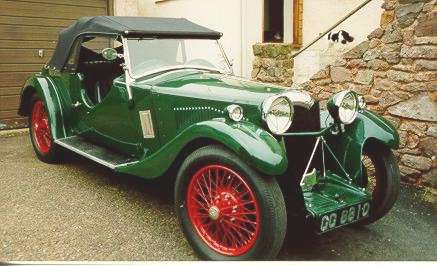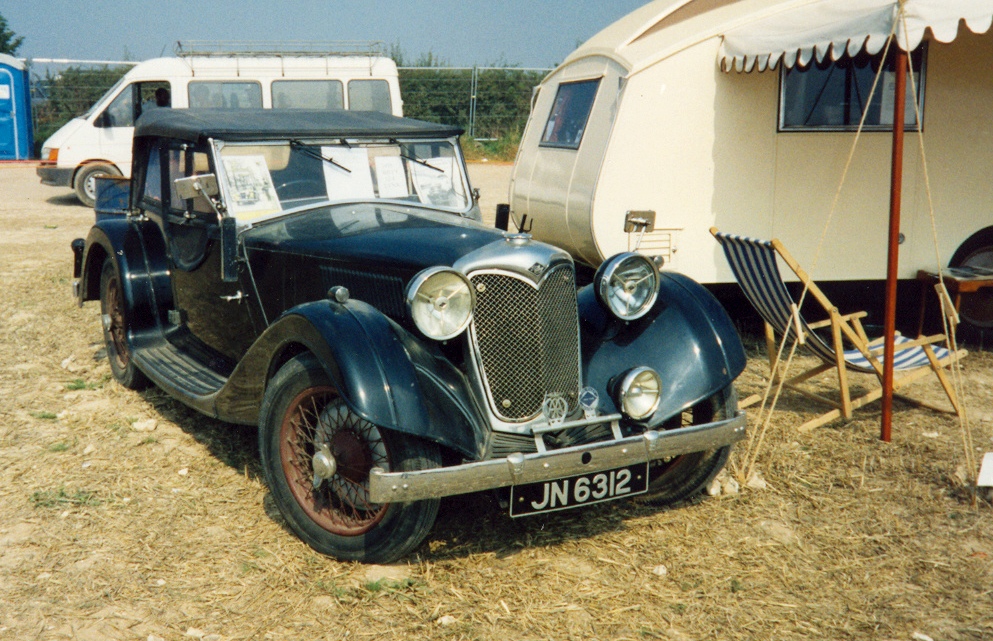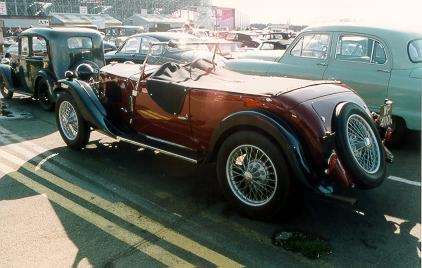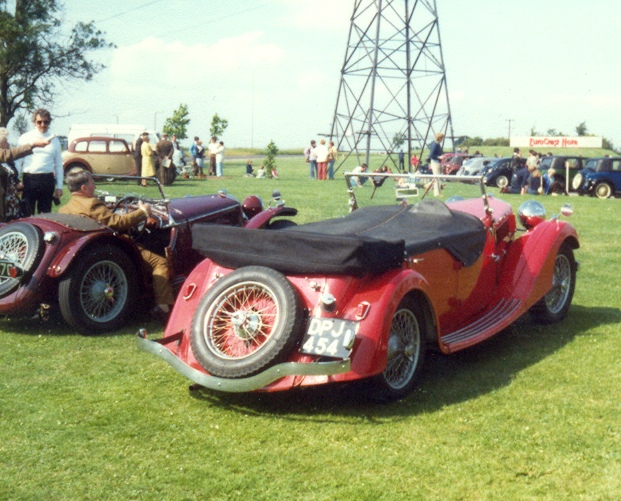Riley Lynx (2- and 4-door models)
Chassis: |

| The Lynx would prove to be the biggest selling and longest running open car Riley built. Available on every chassis bar the V8, it was a popular model through the mid 1930s. However, towards the end it was seen as outdated and old fashioned, and sales fell away. |
Riley Archives Project: Riley Lynx
The Lynx was launched as a 2 door open tourer on the 9 and 6 cylinder chassis in late 1932. The model was innovative in several ways, sharing the low slung appearance of the new Kestrel and Falcon, thanks to the Riley patent footwells which sank either side of the transmission tunnel. It also had a disappearing hood, which folded neatly away under a small lifting cover behind the rear seat. The car was an instant success, with the cut away front doors allowing dashing young men to get in and out without even opening the doors, therefore showing off their athleticism to the admiring young ladies!
The following year, the model was relaunched as a 4 door model. Gone was the disappearing hood too, to make way for the rear doors, but somehow this adds to the style of the car from the rear, certainly, sales remained buoyant.
The Lynx always sold best with the smaller engines, the 14/6 also sold reasonably well, but on the later 15/6 chassis the Lynx body was rarely sold, and as for the 16/4 Lynx, there was only ever the one built. The poor sales can be partially explained by the move away from sporty open tourers, certainly low slung models with cut away doors, to a more dignified saloon-based Drophead model. Indeed, this is exactly what was designed to replace the Lynx for 1939. Had Riley realised this earlier and replaced the Lynx with a Drophead in, say 1937, maybe sales would have improved again, but sadly the money was being diverted to new engine designs in a push upmarket, and the Lynx was left to soldier on.
Whilst the front of the car remained largely unchanged (except for the use of the new chrome slatted grille on 1938 models), the tail was redesigned. Obviously, the changeover from 2 to 4 seater necessitated a redesign, but later models had a somewhat more sweeping tail, at a similar angle to the Kestrel, compared to the steeper rake of earlier cars. Reprofiled rear wings, and the addition of bumpers from late 1936 also make a differnce to the appearance of the later cars.
Weather Protection
Aside from the hood, the Lynx was also offered with a full set of side screens to keep the bad weather out. On some cars these folded down on the inside of the doors, whilst on others they had to be detached and slotted into a space in the boot designed to hold them. The front screens had hinged lower portions, to fill the cut-aways, primarily because not all cars had internal door handles. The side screens can be left up whilst the hood was folded.
Tonneau covers were also available for the cars, although many are now later replacements so it is difficult to be precise on the design available from the factory. Early 2-door cars had deeper rear quarters on the hood, as they did not need to clear the rear doors. All cars had a small diamond shaped rear window in the hood, so rearward visibility was never good. For when the sun was shining, the windscreen could be folded flat onto the bonnet






